agricultural management consultants
consultant for traditional farming
The key to success is guaranteeing that your compost pile has the ideal ratio of carbon to nitrogen. Carbon-rich materials consist of dead leaves, straw, and wood chips. Nitrogen-rich materials consist of fresh grass clippings, manure, and food scraps. A great ratio to go for is 30:1 carbon to nitrogen.
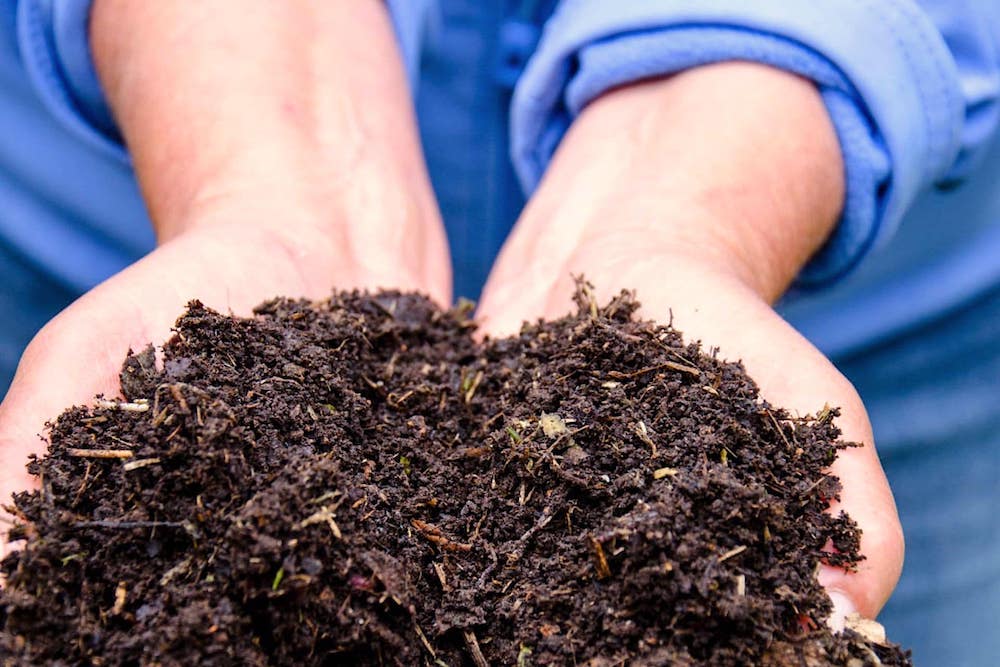
crop consultant near me
Garden compost tea is a great method to get the most out of your compost. Little to medium sized farms and gardens can benefit from producing their own compost by following these basic actions: Pick an area for your compost bin or pile that is close to a water source and has good drainage. To make garden compost, you will need a compost bin or stack, natural matter, and water. To make natural compost tea, you will require a 5-gallon bucket, water, organic matter such as compost, manure, or leaves, and an aerator or fish tank bubbler.
agri food consulting
There are many benefits to composting, consisting of decreasing the amount of waste sent out to land fills, lowering dependence on chemical fertilizers, and improving the quality of the soil. Composting likewise lowers greenhouse gas emissions from breaking down natural materials in landfills.
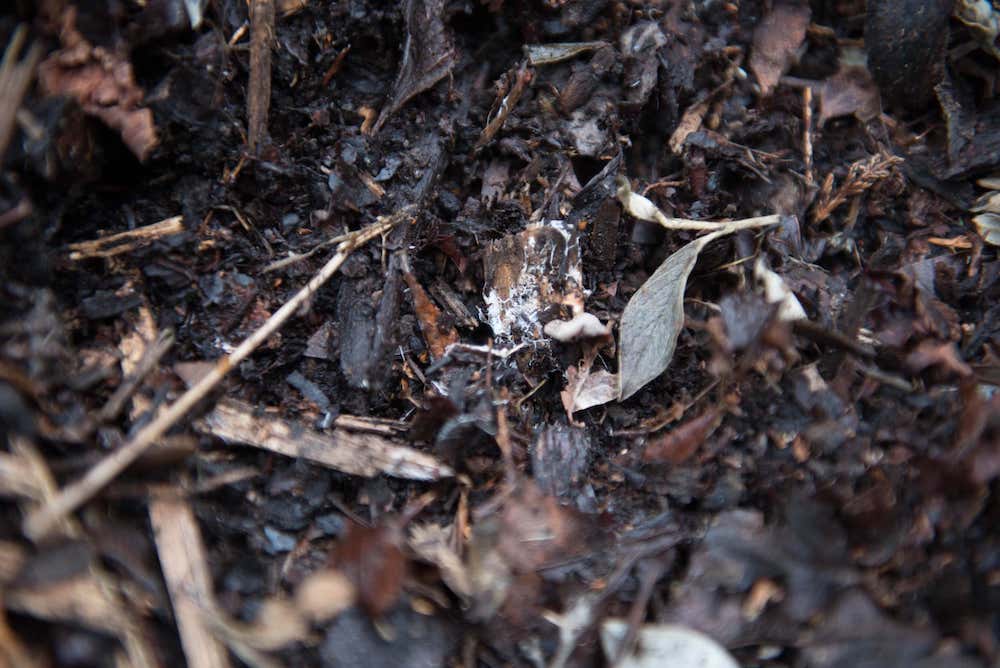
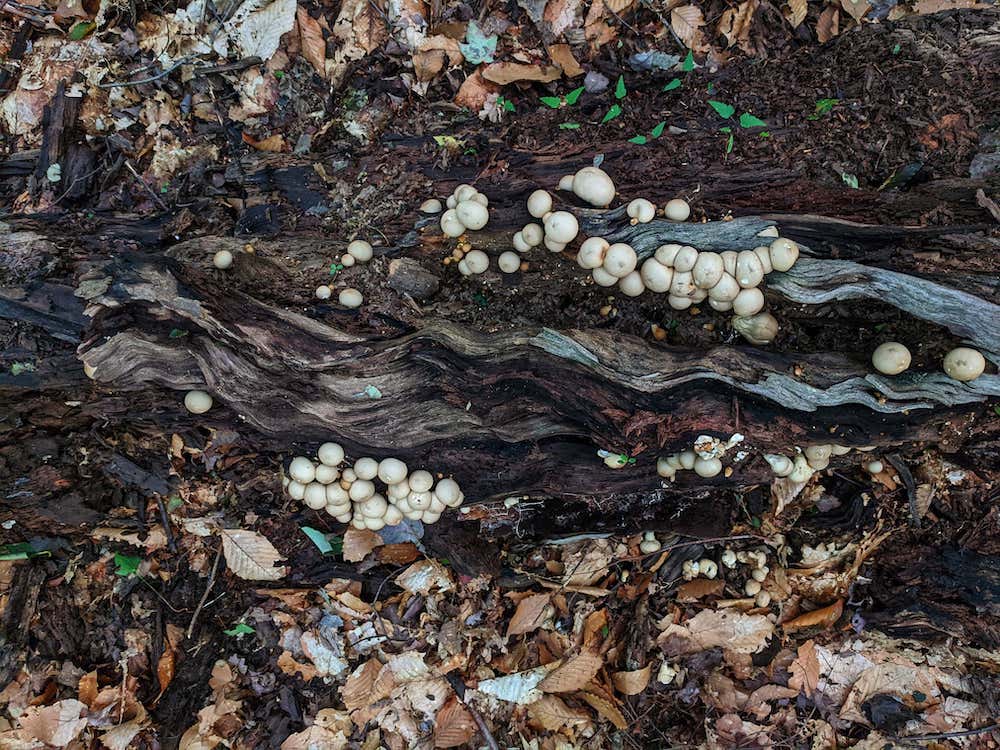
cc agricultural consultants
To make compost tea, you will require: 1-2 pounds of organic garden compost, 1 gallon of water, and a 5-gallon pail with a cover.
agric consultant
Organic composting is a procedure of breaking down organic matter, such as food scraps and yard waste, into a nutrient-rich soil modification. Composting is a effective and easy method to reduce waste, enhance soil health, and promote plant growth.
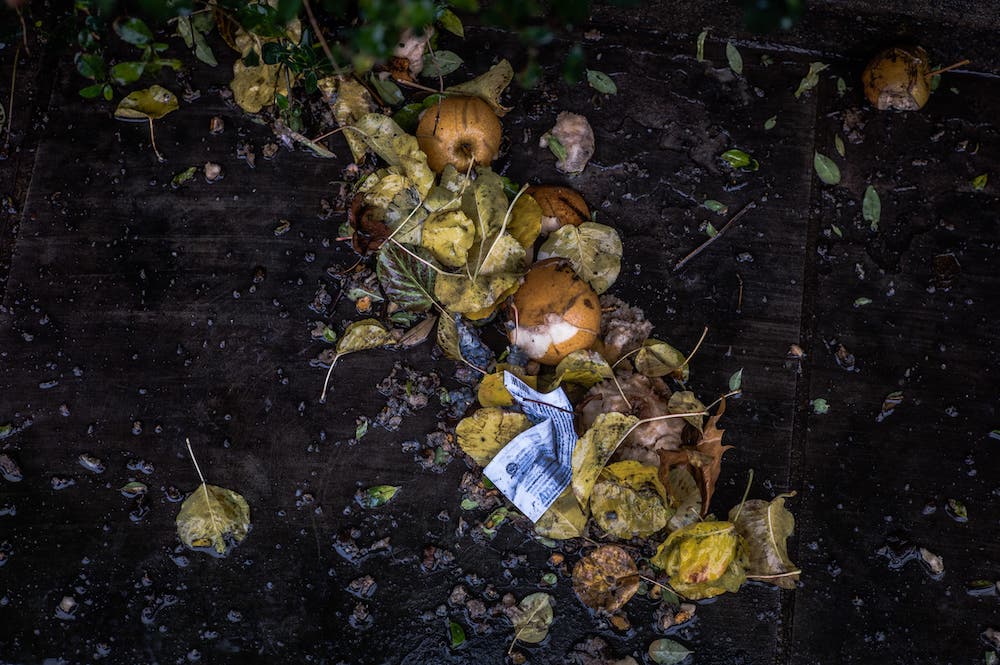
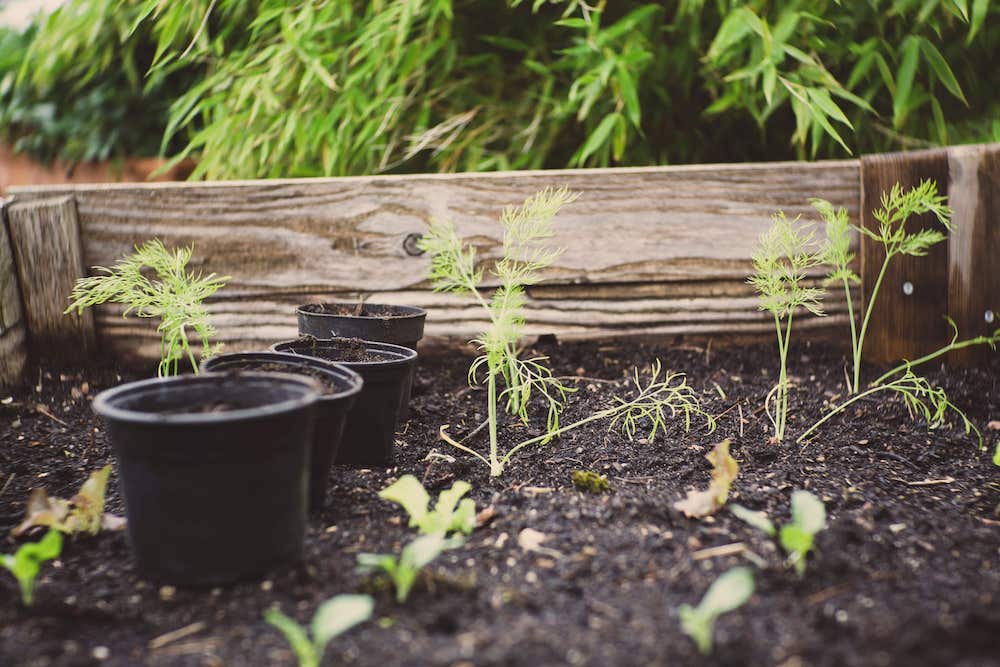
organic farming consultants
To make compost, you will require a compost bin or stack, organic matter, and water. You can buy a garden compost bin or develop one yourself. If you are developing your own bin, make sure it is at least
farmland consultants
To make the tea, fill the container with water and include 1-2 shovelfuls of raw material. Stir vigorously or utilize the bubbler to aerate the mixture for 15-30 minutes. The tea is now prepared to use. When applying to plants, be sure to dilute the garden compost tea in order to ensure it is not too concentrated.
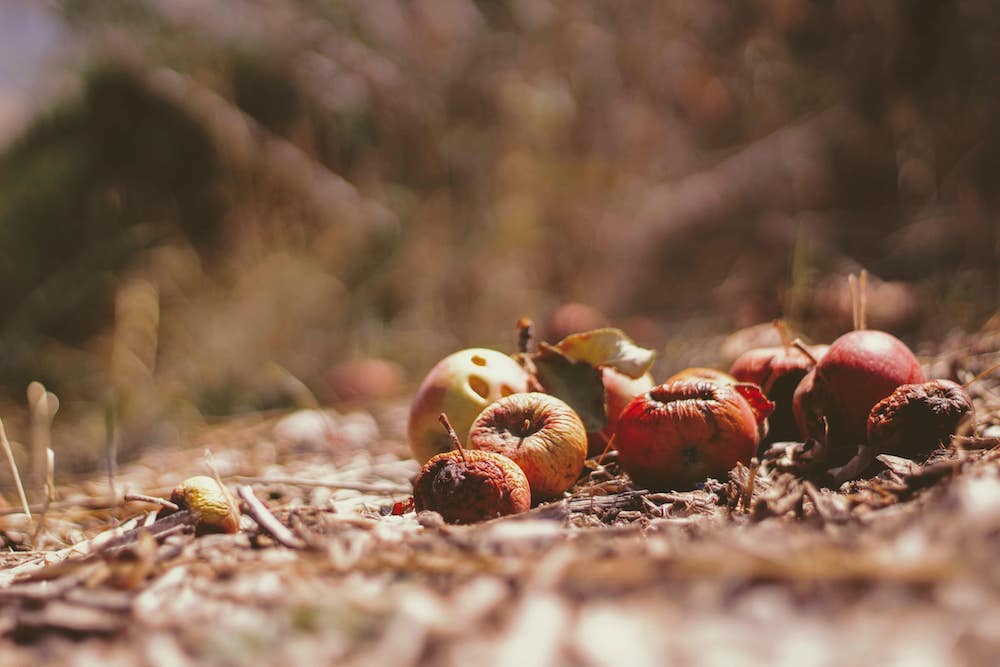
What can you compost?
There are numerous methods to compost your garden waste. Compost is an outstanding method to recycle your old food scraps and other natural waste. Here are just a few of the many benefits of compost:
The ended up garden compost will consist of nitrogen, an important nutrient for animals and plants. A lot of people currently understand about the advantages of compost, so if you're curious about the procedure, keep reading.
Composting includes various phases. The primary step involves collecting the products to be composted. After numerous weeks, the process ends. After that, it's time to use the garden compost to your garden. You'll notice that the product begins to break down and ends up being richer in nutrients. This procedure can be repeated sometimes if you want to make certain it's working appropriately. It is likewise helpful for the environment and plays a major role in combating international environment modification.
The composting procedure can be slowed by adding inorganic products to the garden compost stack. To know what materials to compost, check out the Can I Compost This? It will offer you a list of the 100 most compostable products.
The ended up compost will include nitrogen, an essential nutrient for animals and plants. The majority of people already understand about the advantages of garden compost, so if you're curious about the procedure, keep reading.
The very first step involves collecting the products to be composted. The composting process can be slowed by including inorganic products to the garden compost pile. To know what materials to compost, visit the Can I Compost This?
How to begin composting?
Garden compost is a type of natural material used to nourish plants and fortify the soil. Numerous products in our household can be composted, consisting of fruit and vegetable peels, coffee premises, eggshells, and yard trimmings.
You can likewise include wood shavings to your compost pile. Veggie animal manure is also a fantastic addition to your compost pile. Avoid including lime to your manure or charcoal, as these waste materials can cause your compost to PH instability.
Tea and coffee grounds are great compostable products due to the fact that they contain nitrogen and can break down. Teabags include small quantities of plastic, so you need to thoroughly compost them separately.
When composting plants, remember that illness can not be composted, as the disease spreads out throughout the soil. If you unintentionally composted a plant that was already contaminated with late blight, you could spread the illness throughout your garden, so you ought to not place it in your compost bin. If you are composting treated wood, you need to dispose of it instantly. The spores of late blight can take a trip up to 20 km through the wind.
Lots of products in our home can be composted, consisting of fruit and veggie peels, coffee grounds, eggshells, and backyard trimmings. Prevent adding lime to your manure or charcoal, as these waste materials can trigger your garden compost to PH instability.
When composting plants, keep in mind that diseases can not be composted, as the disease spreads out throughout the soil. If you inadvertently composted a plant that was already infected with late blight, you might spread the illness throughout your garden, so you should not position it in your compost bin.
How to Construct a Garden Compost Bin
One way to produce your own raw material is to make a compost pile. These compost piles are comprised of rotating layers of brown and green products. The ratio of green product to brown need to be three parts to one part. Food scraps must be buried beneath the browns to discourage flies. The stack will eventually be the consistency of a wrung-out sponge. The pile will warm up as the decay process begins. You can monitor its temperature with a thermometer. The temperature level ought to be in between 110 and 160 degrees Fahrenheit.
You need to frequently mix the pile and turn. You can include some water with a garden hose if it becomes too dry. The compost heap ought to be slightly damp, similar to a damp sponge. Covering the stack will likewise assist to keep wetness. This will assist in the composting procedure. After the compost heap is formed, you can include new materials to it. If you 'd prefer to turn your compost pile routinely, you can purchase a compost tumbler, that makes it easy to mix and aerate your stack.
The ideal place for your compost pile is a shady, dry location far from your house. Do not put your compost under eaves if you live in an area where it rains. Discover a dubious spot that offers shade if it's bright. This will avoid your compost pile from drying out and needing water. In both cases, it will help to use a composting bin in the shade.
One way to create your own natural matter is to make a compost pile. These garden compost stacks are made up of alternating layers of green and brown materials. If you 'd prefer to turn your compost pile routinely, you can acquire a compost tumbler, which makes it easy to blend and aerate your stack.
The ideal location for your garden compost stack is a dubious, dry area away from your house.